Reporting from Old San Juan, Puerto Rico.
Walking around Old San Juan, you’re likely to see the Basque name Norzagaray.
It’s the street that stretches between San Felipe del Morro Castle and San Cristobal Castle, the two most important sights to see in this historic neighborhood facing the Caribbean Sea. The street — lined with bright green, pink, blue, orange and yellow colonial houses across from the enormous stone walls that protected the city — is named after Fernando de Norzagaray, who was the governor of this island from 1852 to 1855.
Watch our video on the early Basque arrivals in Puerto Rico
Basque names run throughout Puerto Rico’s history. Indeed, Basques played a significant role in Spanish rule of the island. In addition to Norzagaray, at least six other governors carried Basque names during the 1800s: Juan Vasco y Pascual, Gonzalo de Arostegui, Jose Navarro, Rafael de Aristegui, Rafael Echague and Jose Maria Marchesi y Oleaga. The first bishop of Puerto Rico was Juan Alejo de Arizmendi, and a statue of him was put up in recent years in the town of Guaynabo.
But unlike today, where Basques embrace their cultural identity, Basque officials in colonial Puerto Rico were beholden to the Spanish crown and considered themselves Spaniards, according to Javier Arzuaga, a Basque who has lived in Puerto Rico for many years.
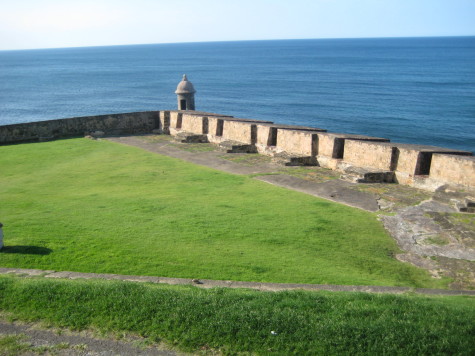
“They didn’t have that sense of being Basque the way we feel it today,” said Arzuaga, originally from Oñate, Gipuzkoa. “That didn’t come until after the Carlist Wars, at the end of the 1800s,” he said.
Basques continued to arrive in Puerto Rico. Estela Cifre de Loubriel researched many of the immigrants to this “Isla del Encanto” and wrote “La Formacion del Pueblo Puertoriqueño.” One volume dealt largely with the Basques. This volume, published in 1986 by the Instituto de Cultura Puertorriqueña, lists about 1,100 Basque and Navarrese families who lived here. (Click here to see whether your ancestor is included in the registry.)
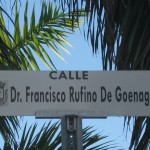
The names of their Basque descendents run throughout local phone books. As far as Arzuaga can tell, the Basques listed in Cifre’s book were among troops sent by Spain before the Spanish American War of 1898. Soon after, Puerto Rico was turned over to the U.S. The soldiers just stayed here, said Arzuaga.
Up until a few years ago, Basques here had an active club, Vascos in Puerto Rico, according to Jesus Lasaga, the most recent president. The club existed for 10 to 15 years, mostly during the 1990s. At one point, members even rented a house for their gatherings. At its height, about 125 people joined together for traditional Basque holidays. For Aberri Eguna, the feast of the Basque homeland, they would drive in a caravan of cars, waving the ikurriña, or Basque flag, and celebrate with a mass and picnic in the countryside.

The significance of the Basque presence on the island was underscored in 2007 when Basque lehendakari (president) Juan Jose Ibarretxe paid a visit to the island’s governor and attended a reception organized by the club.
“The majority were Basques who were born over there, but live here,” said Lasaga, who has lived on the island for over 40 years. Even though the club has disbanded, former members still get together occasionally as friends to celebrate the Aberri Eguna.
One Basque restaurant in San Juan, Urdine, closed but Felix Aranzadi operates Felix restaurant just outside the capital, providing Puerto Rico with Basque cuisine and fresh seafood. Casa Felix is a quaint, well-maintained and highly regarded restaurant on the old highway to Guaynabo that attracts Puerto Rican families from all over the island, to spend a relaxed afternoon or evening. Son Felix Jose spent several years in the Basque Country, training as a chef at several different restaurants, and now heads the restaurant’s kitchen. It’s off the beaten path and hard to find, but locals know it well. Update March 2024: This restaurant appears to have closed.
Restaurante Felix
Carretera 1 Km 25
1 Barrio Quebrada Arenas
Guaynabo, Puerto Rico
(787) 720-1626

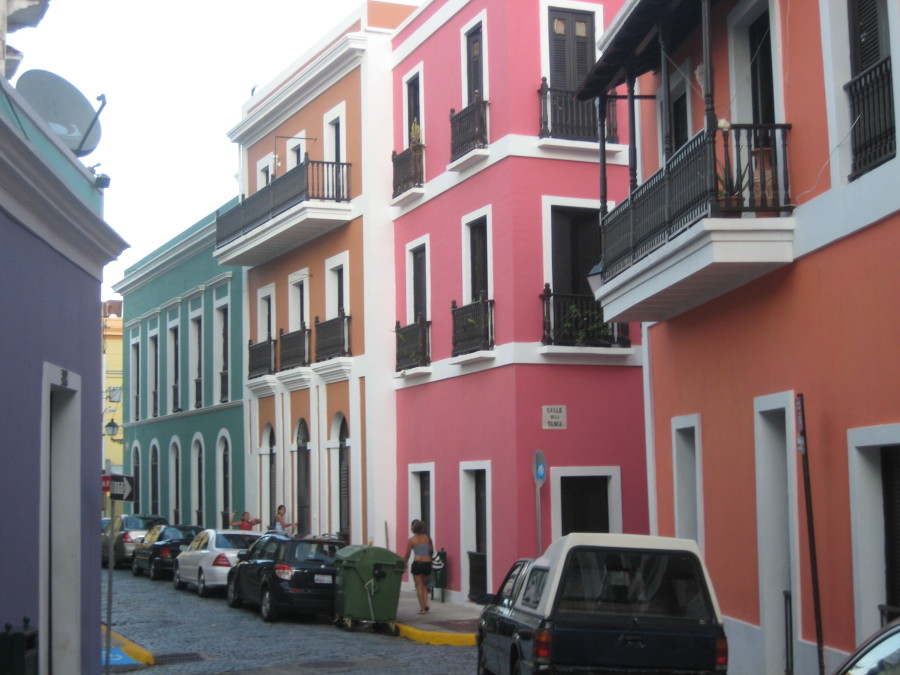

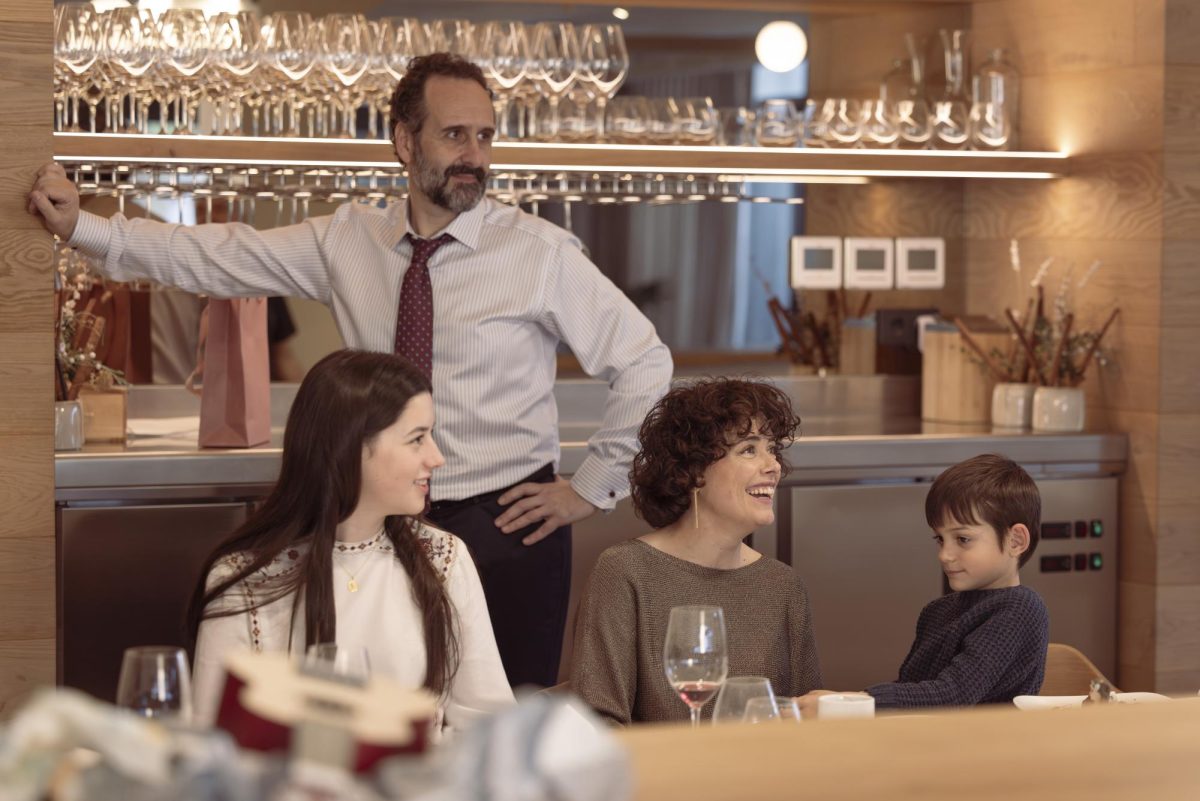
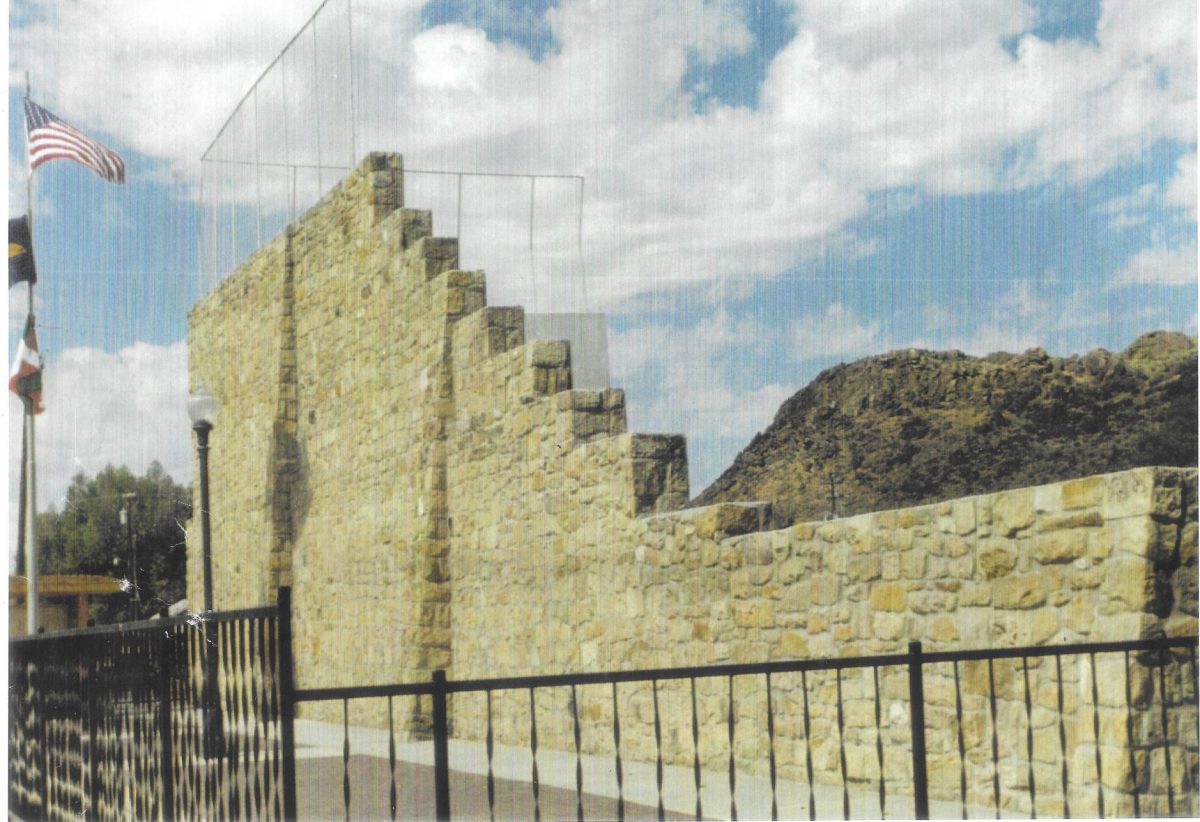
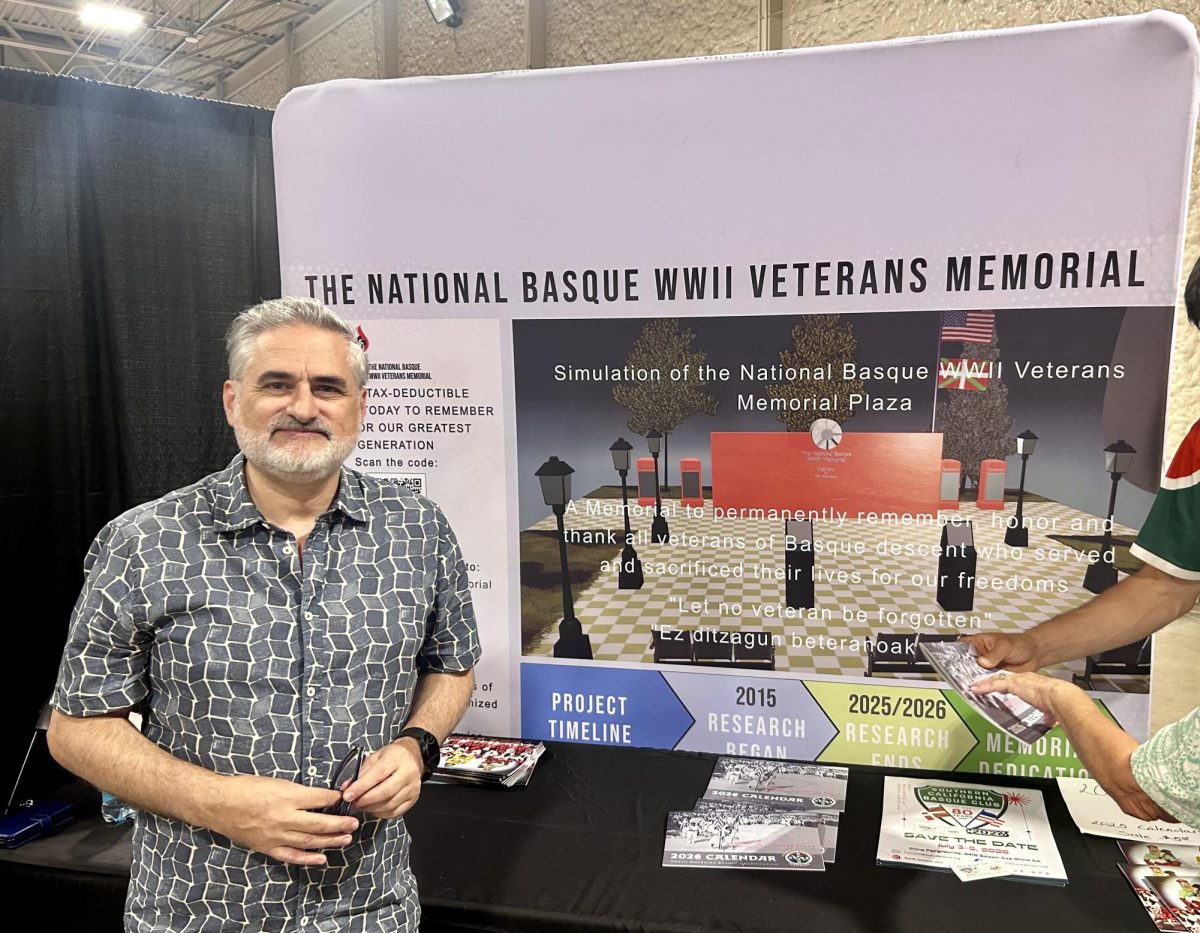
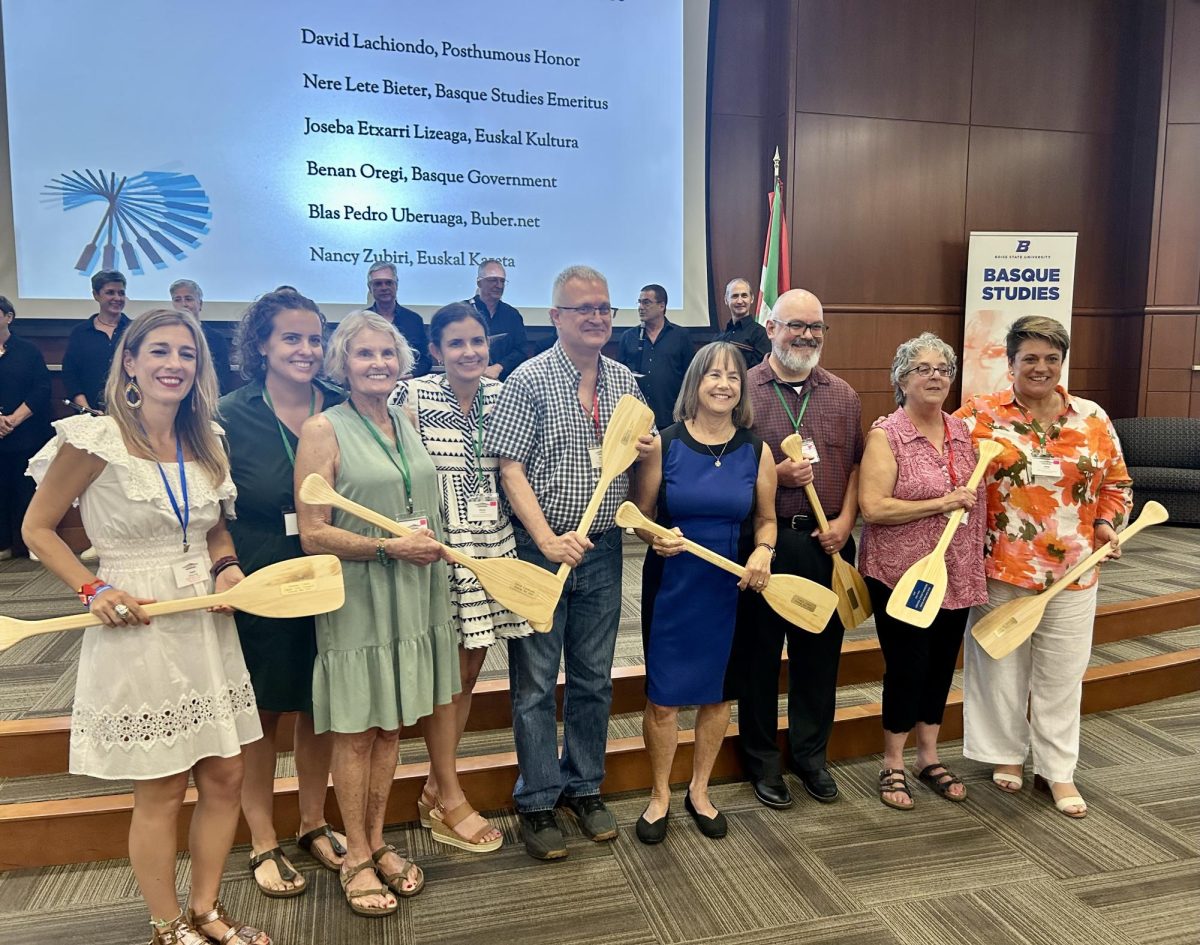
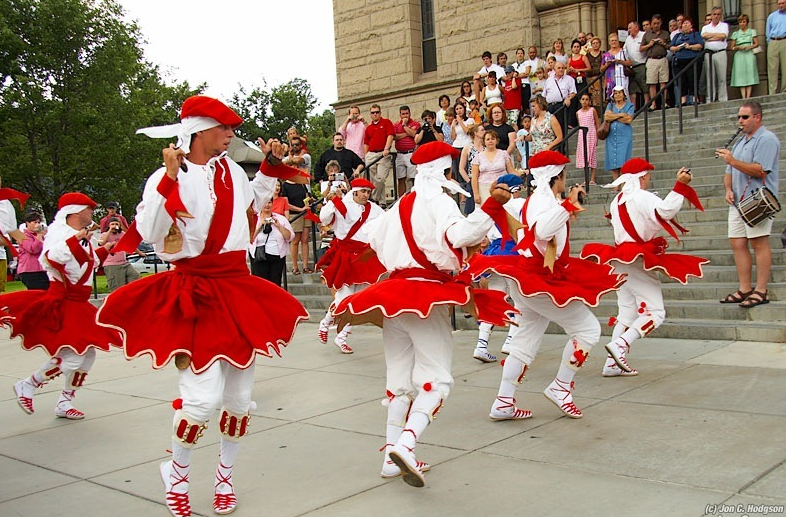
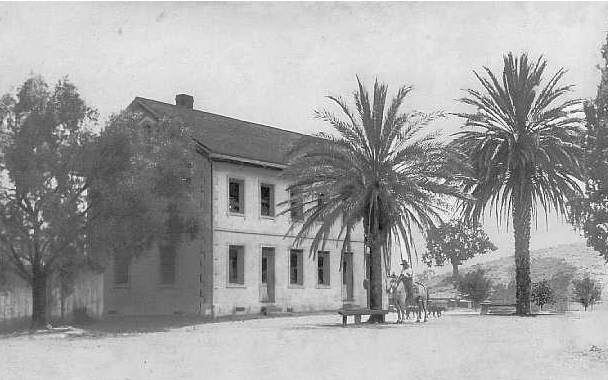
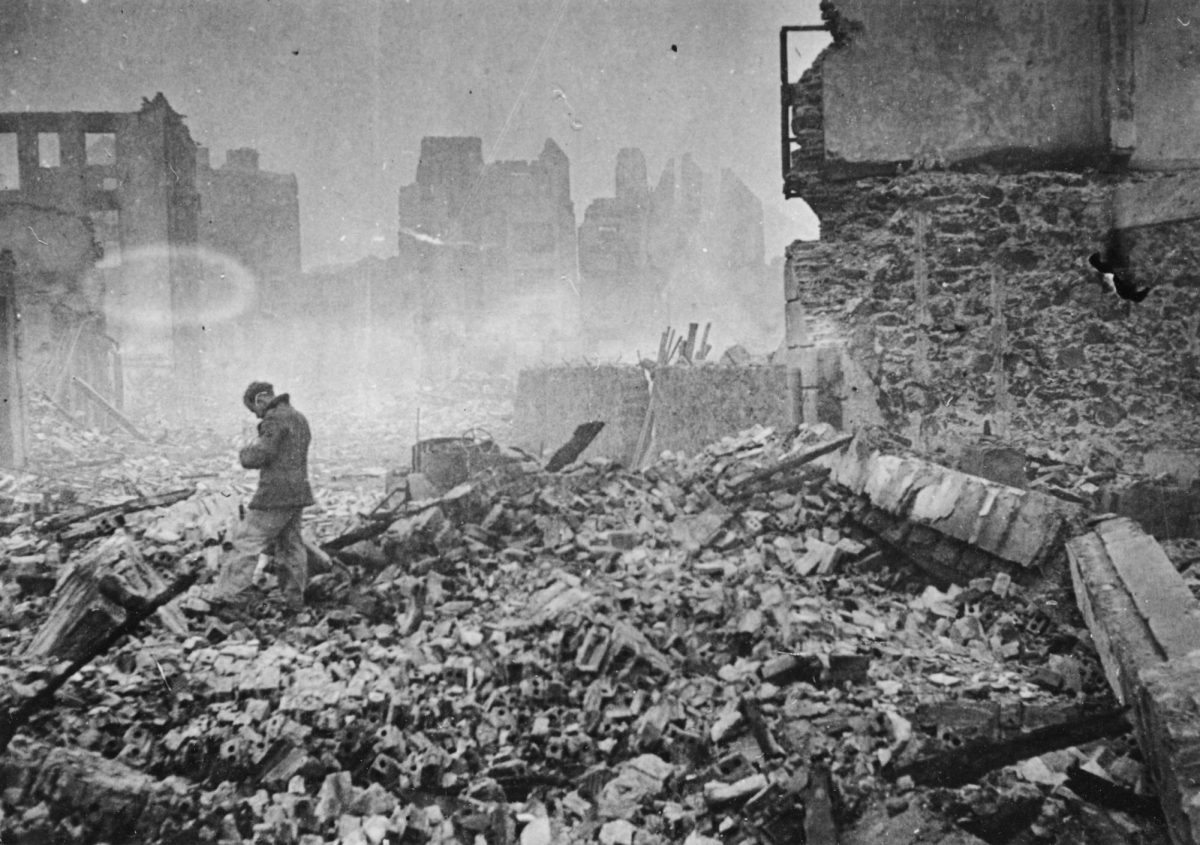
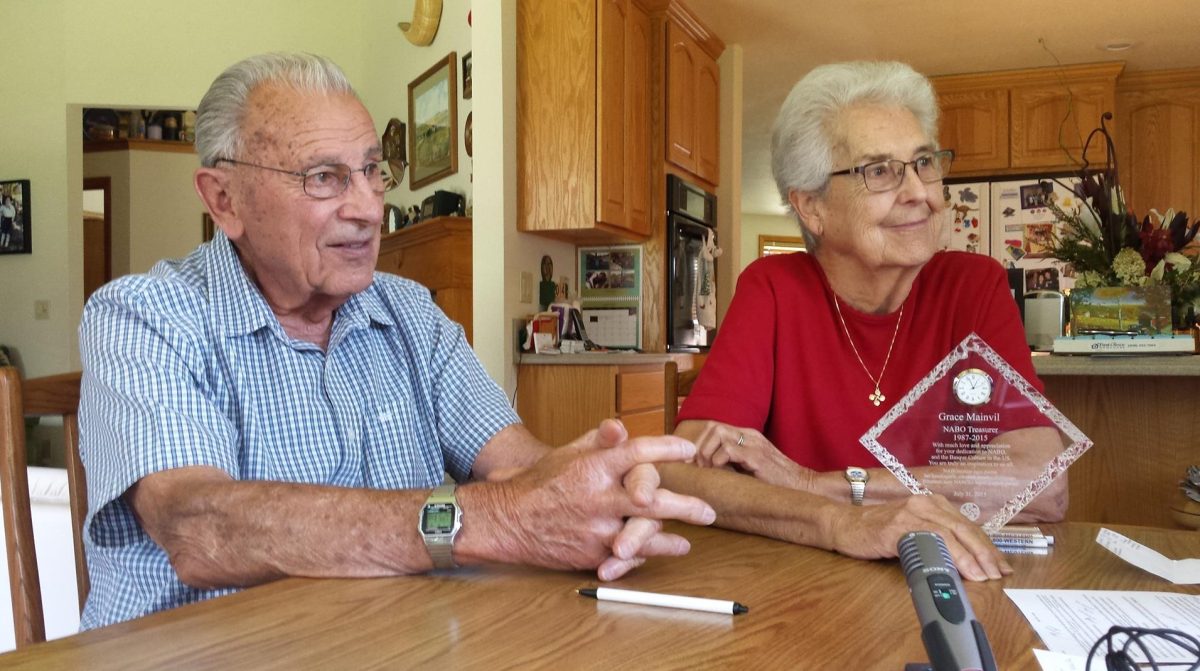
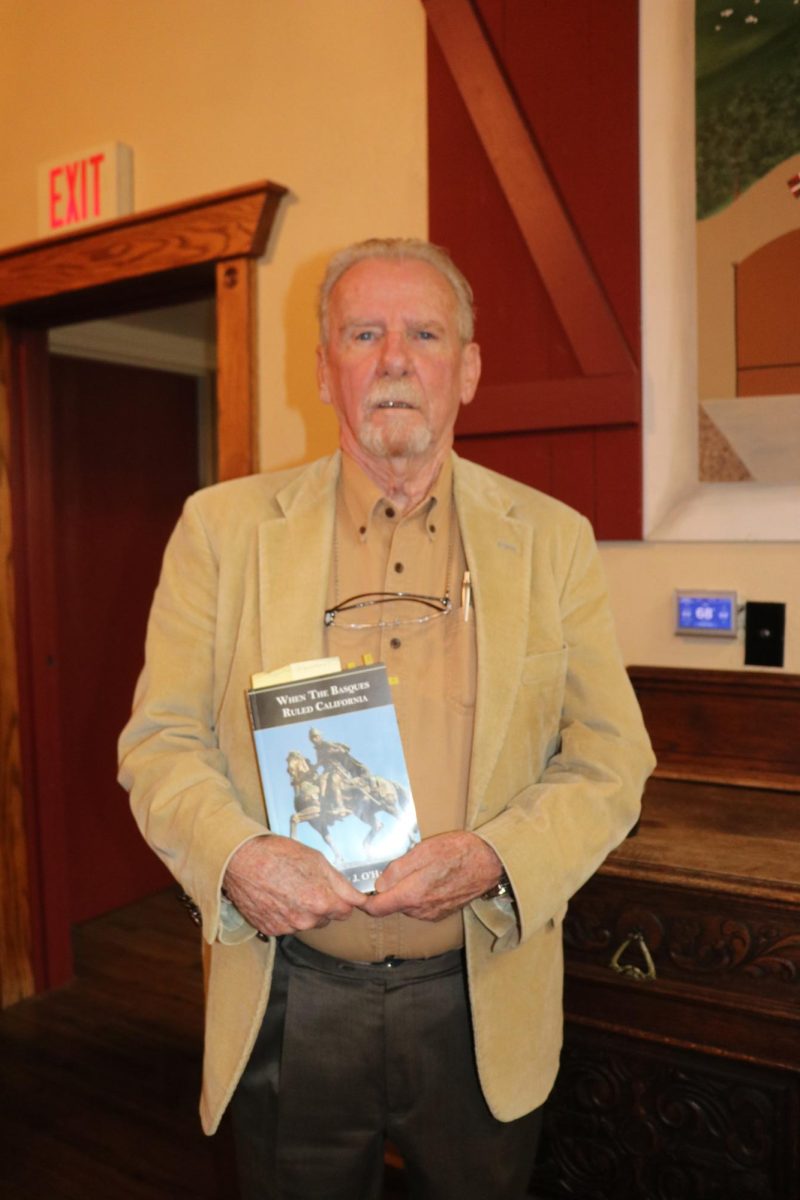

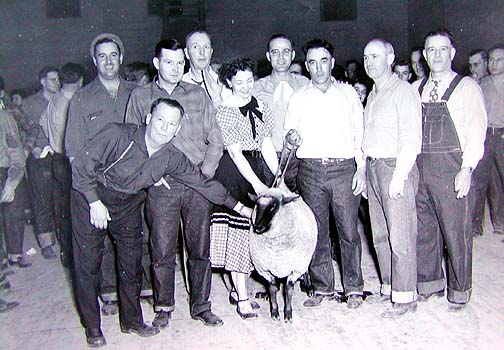
Greg Medina-Rivera-Chaves-Zamot-Butler-O'Ferran-Olivetti-Von Kupferschein • Mar 7, 2018 at 2:48 pm
Fascinating information about the REAL history of Puerto Rico ESPECIALLY for Puerto Rican-descended people who have grown up on the US Mainland and have been brainwashed out of their AUTHENTIC roots by rabid Afro-centric nonsense they have been exposed to since the 1940s in ghettos.
Too many of them think that the history of Puerto Rico began in the Bronx and J-Low’s behind is the Governor of San Juan.
As my Corsican grandfather (Olivetti) used to say to me on his farm in Lares…
“mi’jo cuando el hombre pierde la verguenza, no hay nadie que se la devuelva”
Sites like this can go a very long way to restore the long-lost “verguenza” of many Puerto Ricans who live outside of Puerto Rico. Thank you so much for providing this authentic and accurate information…it is so long overdue. Be well…
John Palenque • Jan 10, 2017 at 2:19 pm
The book did not mention my family name Palenque. They all come from Valle de Carranza in Vizcaya and my great grandfather Pedro Palenque was the first to come. They settled in Yabucoa. Owned a business there called Palenque brothers, etc., then spread to Mayaguez, Santurce, etc. Just wanted to add that. Thanks
Augusto Flores (Arguinzoniz) • Oct 21, 2014 at 7:33 pm
Our last name (Arguinzoniz) is also not included in Cifre de Loubrie’s book. Many families with the Arguinzoniz name originally resided in the city of Cayey, Puerto Rico, my hometown. I have lived in Indiana since 1950. There are still many families with that name in Cayey. Many with the Arguinzoniz name have dropped the z the end of the name and spell it Arguinzoni. That’s why many people mistake it for an Italian name, which it is not. It is definitely a Basque name. The name is quite prevalent in the area of Bilbao and San Sebastián in the Basque Country. It is sometimes spelled with an s at the end (Arguinzonis). I believe the name means “stone cutter” or “stone mason” in Basque. The original Basque spelling is Arginzoniz.
Robert de Legarreta • Nov 26, 2013 at 10:56 pm
The book “La Formacion del Pueblo Puertoriqueño” that was written by Estela Cifre de Loubrie is incorrect. It did not mention certain families that came from Navarre, such as mine (Legarreta). My great grandfather came to Puerto Rico in 1866 from Navarre and owned much land. My family name is Legarreta. She never mentioned my family that settled in Lares, Puerto Rico. She knew my family but yet purposely did not mention my family. The history information in the book “La Formacion del Pueblo Puertoriqueño” needs and has to be re-written, in order to correct the true history. I am one who believes in telling the truth and not denying it by false accounts.
Regards,
Robert de Legarreta y Maiora
Augusto Flores (Arguinzoniz) • Oct 21, 2014 at 7:38 pm
Interesting! Any idea why she would intentionally leave your name out of her book?
Ines Hamilton • Sep 3, 2009 at 11:00 am
I was born in Puerto Rico and raised there. My maidem name is Ines Arzuaga. Then 26 years ago I moved and still live in Oklahoma. I found out when I was approx. 20 years old that my last name was Basque. Since that time I have researched and read a lot about the Basque origins, culture, language etc. … Could you tell me what area the Arzuaga’s originally come from and if the last name has some meaning? Thank You. P.S, I am glad I found this article
Native Basque - A.G • Jul 7, 2009 at 6:53 am
Dear Suzanne, if you really want to experience a strong Basque presence forget the “New World” (what a tucky expression) and come to the Basque Country. If someone wants know the Basques, our roots and the culture he/she has an obligation to make a trip HERE (all the Basque Country, not only Bilbao – Guggenheim, Donostia – La Concha and the typical tourism places because those places are prepared for the foreign people “GIRIS”, nothing to do with the real Basque Country) and begin understanding really how we are.
Julian Galindez wasn´t the last Lehendakari of Euskal Herria before Franco´s sublevation, the last was Agirre. Galindez was a representant of the Basques in the USA at the beginning of the cool war and the person who Agirre wanted as his substitute.
Julian Abio • Jul 3, 2009 at 5:40 am
I can tell you another interesting piece of info.
The largest parade in the US, the Puerto Rican Parade, was founded by
Galindez, last Lendakari of Euskal Herria before Franco.
Suzanne Murphy Larronde • Jul 3, 2009 at 4:21 am
Hello, I was thrilled to read your piece on Puerto Rico. My mother was Basque (I am from Southern California where there was actually a “Larronde Block” downtown many years ago) and I lived eight years in Old San Juan where I worked as a journalist and photographer. I restored one colonial house on Norzagaray Blvd. in the early 1990s and owned at second one higher up the block near Calle San Justo. The Atlantic views were fantastic. My informal research on the Basque diaspora has found Basque names in Cuba and the Dominican Republic. If you want to experience a strong Basque presence in the New World, try Mexico…the northwest has many Basque names and some of the most successful merchants in Mazatlan were of Basque extraction. From what I have read, Basques were key players in the founding of Zacatecas, Guadalajara and Durango. Best regards, Suzanne
koldo • Jun 30, 2009 at 11:38 pm
I was once in Puerto Rico: about 1973. Long time ago. The main amount of Basques in those times were friars (many of them Franciscans). There was some old families, i.e. Jon Bilbao’s one. Prof. Jon Bilbao born in Cayey, Puerto Rico. His father was a merchant (from Getxo) in that city, the only place where you can find the “coqui dorado”.
Nancy Zubiri • Oct 19, 2009 at 10:22 am
Yes, thank you. We did not mention Professor Jon Bilbao in the article, but he played an important role in Basque studies in the United States. The Puerto Rican native collaborated with William Douglass in the landmark book about Basques in the Americas, Amerikanuak. He developed an important bilbiography on Basque reference works and played a significant role in building the Center for Basque Studies library into the important collection it is today. He passed away in 1994. Read an article about him in the Center for Basque Studies newsletter.